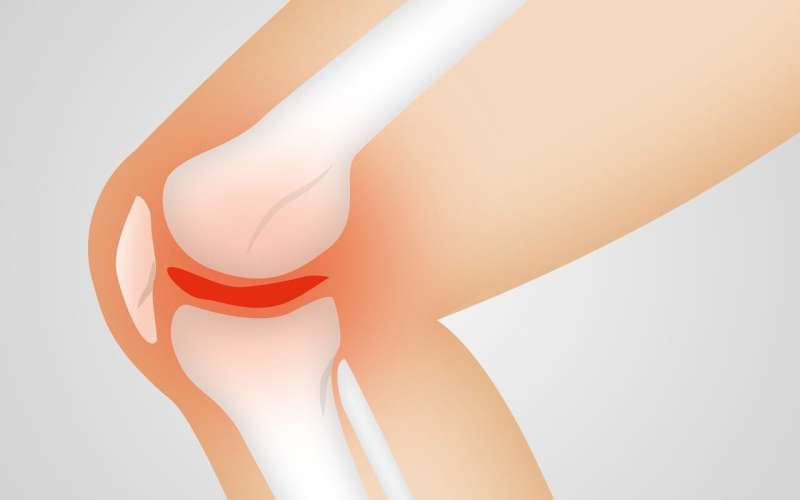Study reveals a persistently high burden of osteoarthritis across the globe

Osteoarthritis—a chronic joint disease that causes pain, disability, and loss of function— has remained a major public health concern worldwide in recent years. That's according to a recent analysis published in Arthritis & Rheumatology, an official journal of the American College of Rheumatology, based on global data from 1990 to 2019.
The data were collected as part of the Global Burden of Disease study, an ongoing effort by a consortium of more than 7,000 researchers in more than 156 countries and territories that seeks to provide reliable and up-to-date global, regional, and national results related to the burdens of premature death and disability from more than 350 diseases and injuries.
Investigators found that globally, prevalent cases of osteoarthritis increased by 113.25% from 247.51 million in 1990 to 527.81 million in 2019. The team also assessed age-standardized prevalence rates (ASRs), or rates that the population would have if it had a standard age structure. ASRs of osteoarthritis were 6173.38 per 100,000 people in 1990 and 6348.25 per 100,000 in 2019, with an average annual increase of 0.12%.
The ASRs of osteoarthritis increased for knee, hip, and other joints, but decreased for hand, with estimated annual percentage changes of 0.32, 0.28, 0.18, and -0.36, respectively.
The prevalence of osteoarthritis increased with age and was higher in females than in males; however, there were geographic differences. Countries with higher development status tended to have a higher prevalence of osteoarthritis.
Osteoarthritis of the knee contributed the most to the overall burden, while osteoarthritis of the hip had the highest estimated annual percentage increases in most regions.
"The disease burden of osteoarthritis is formidable. Due to population expansion, aging, and the epidemic of obesity, one would expect such a burden would increase in the near future," said co–senior author Jianhao Lin, MD, of Peking University People's Hospital, in China. "Primary and secondary prevention, including refraining from overweight or obesity, preventing knee injury, and avoiding heavy repeated joint-loading activities are effective measures in alleviating the burden. In addition, exercise therapy could delay functional loss and should be recommended as core treatment for knee osteoarthritis."
More information: Huibin Long et al, Prevalence trends of site‐specific osteoarthritis from 1990 to 2019: findings from the Global Burden of Disease Study 2019, Arthritis & Rheumatology (2022). DOI: 10.1002/art.42089



















